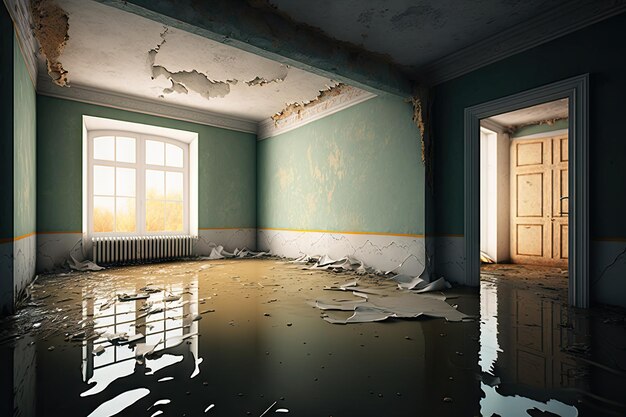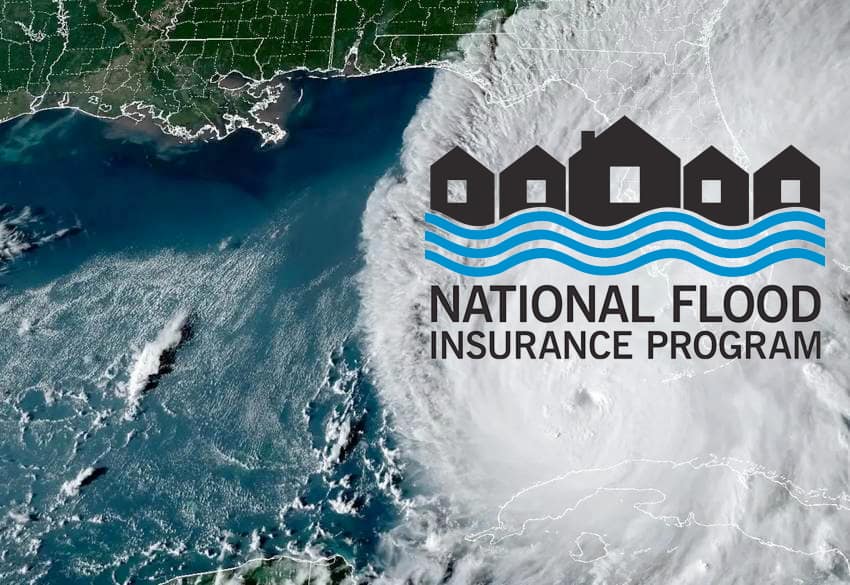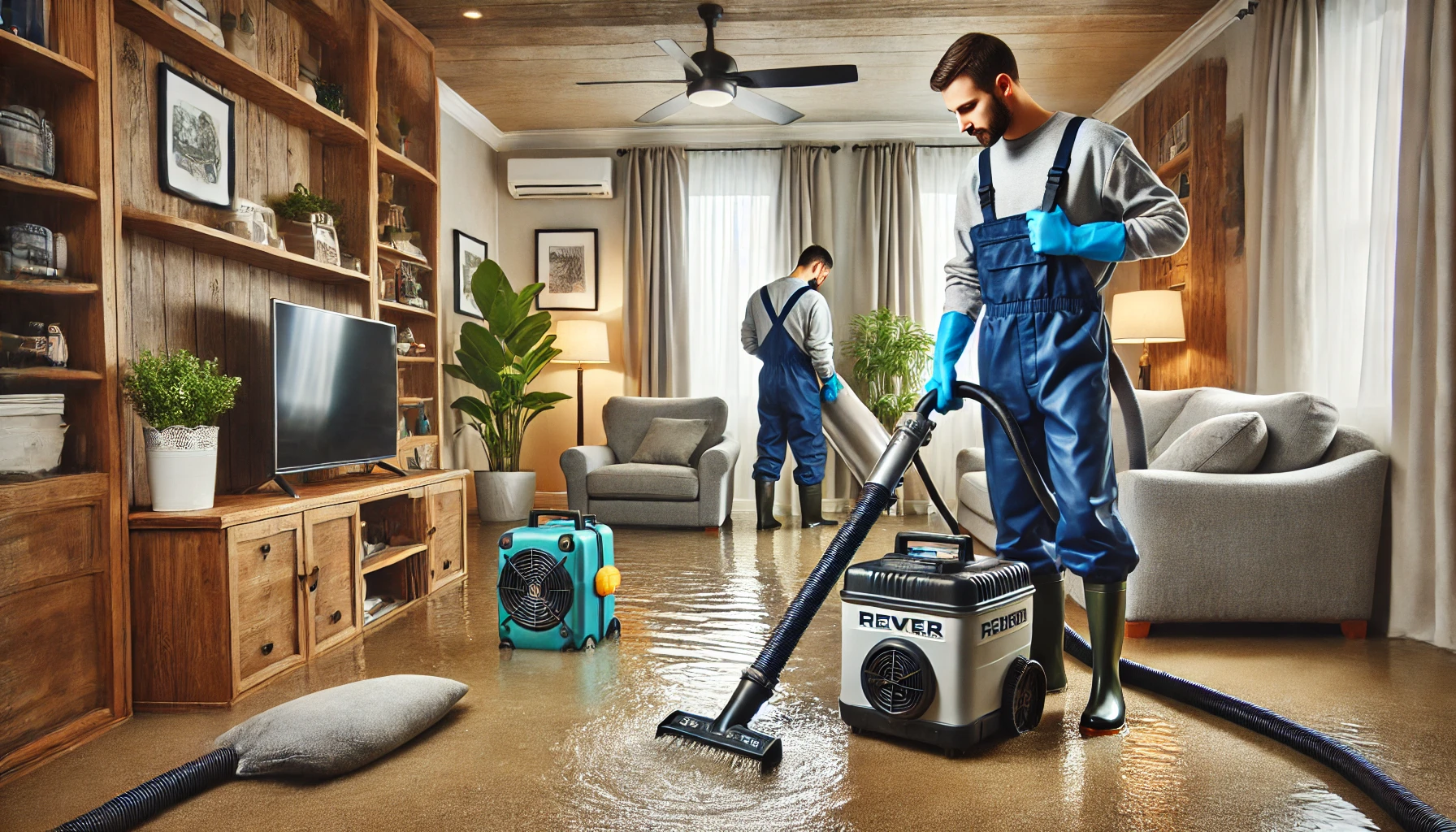What to Do When Your Home Floods

Assessing the Situation Safely
Flooding can be a terrifying experience, leaving behind damage that can take weeks or even months to fully repair. Before taking any action, your first priority should be to ensure your safety and the safety of your family.
1. Turn Off Power and Gas

If your home is flooded, water can quickly seep into electrical outlets, appliances, and wiring, creating a serious risk of electric shock. If it’s safe to do so, turn off the power to your home at the main breaker. You should also shut off the gas supply to prevent potential leaks.
If you’re unable to access the breaker box without standing in water, contact a professional or your utility company for assistance.
2. Evacuate If Necessary
If floodwaters are rising rapidly, it may be safer to evacuate your home. Always follow evacuation orders from local authorities and avoid driving through flooded roads, as even a small amount of water can sweep away a vehicle. The Federal Emergency Management Agency (FEMA) recommends having a disaster plan in place for your family in case evacuation is necessary.
Document the Damage for Insurance
Before starting the cleanup process, it’s important to document the damage for insurance purposes. Take photos and videos of the affected areas, including any water-damaged belongings, furniture, appliances, and structural damage.
Contact your insurance provider as soon as possible to report the damage and initiate the claims process. Flood damage may not be covered under standard homeowner’s insurance policies, but separate flood insurance may provide compensation. You can learn more about flood insurance through the National Flood Insurance Program (NFIP).

Start the Cleanup Process
Once it’s safe to return to your home, the cleanup process can begin. Swift action is crucial to minimize water damage and prevent the growth of mold.
1. Remove Standing Water
If there is standing water in your home, the first step is to remove it. You can use pumps, wet/dry vacuums, or buckets to clear out the water, depending on the amount. Be sure to wear protective clothing, including rubber boots and gloves, as floodwater may contain harmful contaminants.
The EPA suggests that if water damage and flooding are not addressed within 24-48 hours, mold can begin to grow.

2. Dry Out Affected Areas
After removing the water, it’s critical to dry out the affected areas as quickly as possible. Open windows and doors to allow air to circulate, and use fans and dehumidifiers to help speed up the drying process. Removing moisture from walls, floors, and furniture will reduce the likelihood of mold and further structural damage.
3. Remove Damaged Materials
Some materials, such as carpets, insulation, drywall, and certain types of furniture, may be beyond repair after severe water damage. These should be removed and discarded to prevent the spread of mold and bacteria.
In many cases, it’s best to hire professionals for water damage restoration, as they have the tools and expertise to ensure that your home is properly dried and cleaned. At Citywide Mold Mitigation, we specialize in flood cleanup and mold prevention to help homeowners in the DFW area recover from flooding disasters.
Prevent Mold Growth
One of the biggest risks after a flood is the growth of mold, which can start forming within 24 hours in damp conditions. Mold not only damages your home but can also pose serious health risks, including respiratory issues and allergic reactions.
To prevent mold growth:
- Thoroughly dry out any damp areas.
- Dispose of water-damaged porous materials like carpets and drywall.
- Use mold-resistant products when repairing your home.
- Monitor for signs of mold, such as musty smells or visible growth on surfaces.
The Centers for Disease Control and Prevention (CDC) recommends acting quickly to address moisture problems after a flood to reduce the health risks associated with mold exposure.

Contact a Professional Water Damage Restoration Company
Dealing with the aftermath of a flood can be overwhelming. In many cases, hiring a professional water damage restoration company is the best way to ensure that your home is thoroughly cleaned and repaired. At Citywide Mold Mitigation, we offer expert water damage restoration and mold prevention services to homeowners.
Our experienced team will assess the damage, remove excess water, dry out your home, and take steps to prevent mold growth, helping you recover from the disaster as quickly as possible. Contact us today to schedule an inspection or learn more about our services.
FAQ
1. What should I do first after a flood?
First, ensure your safety by turning off the power and gas, and evacuating if necessary. Once it’s safe, contact your insurance provider and document the damage before starting the cleanup process.
2. How long do I have to clean up after a flood?
Ideally, you should start the cleanup process within 24-48 hours to minimize water damage and prevent mold growth, according to the EPA.
3. Can I stay in my home during the cleanup process?
It depends on the extent of the flooding. If the damage is severe or there are health risks from mold or contamination, it may be safer to stay elsewhere until the cleanup is complete.
4. How do I prevent mold after a flood?
To prevent mold, remove standing water quickly, dry out your home thoroughly, and dispose of water-damaged materials like carpets and drywall. Use fans, dehumidifiers, and proper ventilation to speed up the drying process.
5. Should I hire a professional for flood cleanup?
For severe water damage, it’s often best to hire a professional restoration company. They have the expertise and equipment to properly dry, clean, and restore your home, and they can help prevent long-term issues like mold.

